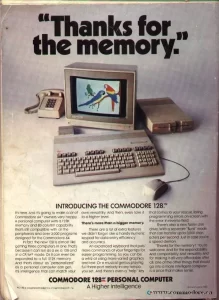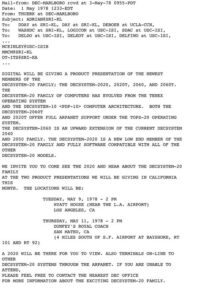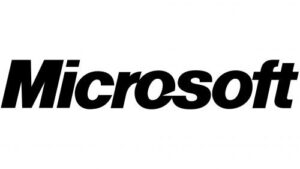Love Stinks
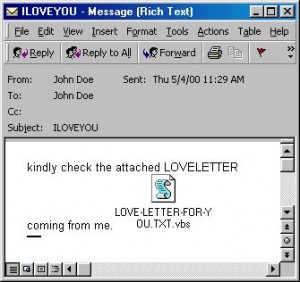
May 4, 2000
The Love Letter computer virus, aka the “ILOVEYOU” bug, spreads to personal computers running Windows around the world in just six hours. Spreading through e-mail, the virus entices victims to open the message with the subject of “ILOVEYOU”. About 2.5 to 3 million PCs will become infected. The cost of system downtime is later estimated at $8.7 billion. It is thought to be the fastest-moving and most widespread virus in history.
Commodore Assets Purchased out of Bankruptcy
German company Escom AG purchases the rights to the name, patents, and intellectual property of Commodore Electronics, which had declared bankruptcy in 1994. Commodore was a pioneer in the personal computing industry, holding some impressive records such as having the best selling computer in history with the Commodore 64, which The Guinness Book of Records estimates about 30 million units were sold over the course of 10 years from 1982 to 1992, the first computer company to have over 50% of the home PC market, and the first company to make over $1 billion in sales. They also created some of the most innovative computers in the early PC market such as the first multimedia computer, the Amiga. Unfortunately for Commodore as it was with many early PC companies, the juggernaut of the IBM-compatible PC combined with poor management was their ultimate undoing.
Dell Founded
 May 3rd, 1984
May 3rd, 1984
Dell Computer Corporation is founded by Michael Dell, running the direct-to-order PC company from his dorm room. Using this innovative direct-to-order model, Dell, Inc. eventually became the largest manufacturer of PCs in the world for many years. Through ups and downs, it is still currently in the top 3 as of 2022 in market share for personal computers.
The First Mass Unsolicited Commercial E-mail, i.e. Spam
Gary Thuerk, a marketing representative for Digital Equipment Corporation, sends out an e-mail promoting an open house for the company’s latest computer systems to 393 recipients on the ARPANET, a precursor to the modern Internet. While this number sounds small by today’s standards, this was all the ARPANET users on the west coast of the United States. Given that this was an unsolicited commercial e-mail, it is now considered the first of its kind. In other words, the first spam message well before the term was coined. It brought a quick and negative response from many users and Thuerk was warned by ARPANET administrators that mass mailings were not an acceptable use of the network. The backlash notwithstanding, the open house was largely successful with over $12 million dollars of DEC equipment being sold. I guess it was better to ask forgiveness than permission in this case!
Microsoft Registers Their Domain Name … Finally
Microsoft registers the microsoft.com domain name. For such a major technology company, notably this was over 6 years after the domain name system was created and the first domain name registered, and over 4 years after competitor Apple registered apple.com. I guess it was no surprise that it took Microsoft another 4 years to recognize the growing importance of the “Internet Tidal Wave“, about a year after the World Wide Web was already gaining mainstream popularity and most of the rest of the technology industry were already on board.
Microsoft Acts Mousey
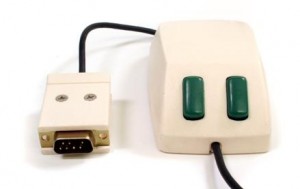 May 2, 1983
May 2, 1983
Microsoft introduces the Microsoft Mouse for IBM and IBM-compatible PCs. The mouse featured two green buttons and is available by itself or will later be bundled with the new Microsoft Word software, which Microsoft would release in September. Because of the green buttons, the mouse was nicknamed the “Green-Eyed Mouse”, which may have been a fitting name given it’s similarity to the Shakesperian phrase “green-eyed monster” to describe jealously. It was no secret Bill Gates was very envious of what Apple was creating with the Lisa and later Macintosh computers and their mouse-driven interfaces. Microsoft will manufacture nearly one hundred thousand units of their first mouse, but will only sell five thousand before introducing a second, more popular version in 1985.
Microsoft would go on to create a very successful line of mice and other computing peripherals over the years, but almost ironically Microsoft announced in April of 2023, nearly 40 years later, that they would end the production of Microsoft-branded peripherals and focus on their Surface-branded peripherals. This came months after Microsoft announced a 30% year-over-year drop in revenue from devices, cut 10,000 jobs, and announced “changes to their hardware portfolio”.
GPS Gets Less Selective
 May 1, 2000
May 1, 2000
President Bill Clinton releases a statement announcing that the U.S. government will remove Selective Availability from its Global Positioning System at midnight, improving the accuracy of civilian GPS devices from 100 meters to 20 meters. Originally created to impede hostile forces from taking advantage of the GPS system, pressure mounted from many areas to eliminate Selective Availability and make GPS more accurate for civilian purposes. Initially set to be disabled in sometime 2006, it happened on this day 6 years earlier than planned because the U.S. military had developed a new method of denying GPS to hostile forces in a specific areas without affecting the rest of the world or its own systems. This action paved the way for the proliferation of GPS usage for accurate navigation functions, such as the turn-by-turn apps we use today on our smartphones.
World Wide Web Made Public Domain
 April 30, 1993
April 30, 1993
At the urging of Tim Berners-Lee, the creator of the World Wide Web protocol, the directors of CERN release the source code of World Wide Web into the public domain, making it freely available to anyone, without licensing fees. The decision to make the World Wide Web software and protocols freely available is considered by some as possibly the single most important moment in the history of the Internet. In fact, some historians mark this as the birth of the Web.
Sprechen Sie Sassy?
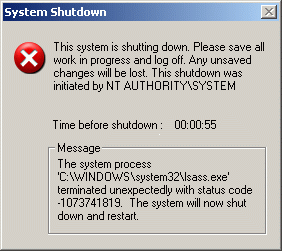 April 29, 2004
April 29, 2004
The Sasser worm is released into the wild, infecting over 1 million Windows XP and Windows 2000 computers worldwide. Although the worm did not have an intentionally destructive payload, it caused many computers to slow down or crash and reboot repeatedly along with clogging up network traffic. Among the effects of the worm, the British coast guard had to resort to paper maps for the day, a French news agency lost satellite communication for hours, Delta Airlines had to delay or cancel many flights, and the University of Missouri had to disconnect its network from the Internet. Looks like 1 million PC users stepped in a big pile of sassy!
Ironically it has been speculated that the author of Sasser, a German computer science student Sven Jaschan, reverse engineered Microsoft’s patch for the LSASS vulnerability that was released earlier in the month in order to create the worm. Knowing that most computers would not have been patched and that it would spread quickly, he released the worm on this day, his 18th birthday. Lucky for him the German government determined that he had actually written the worm while he was 17, so while he was found guilty of computer sabotage, he was tried as a minor and given a 21 month suspended sentence. He now works as a security expert and consultant. Now that’s Sassy!
iTunes Music Store Launched; Record Execs Wet Themselves
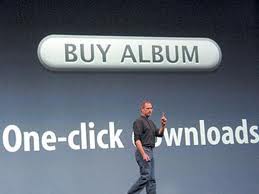 April 28, 2003
April 28, 2003
Apple Computer launches the iTunes Music Store. The store sells music for 99¢ a song for use with the Apple iPod and iTunes software. It is not the first service to sell digital music, but it will become the first to gain widespread popularity. The service will be an instant success, selling over one million songs in its first week and going on to change the music industry forever. The iTunes Music Store is now the #1 music retailer in the United States, surpassing Wal-Mart in 2008.

